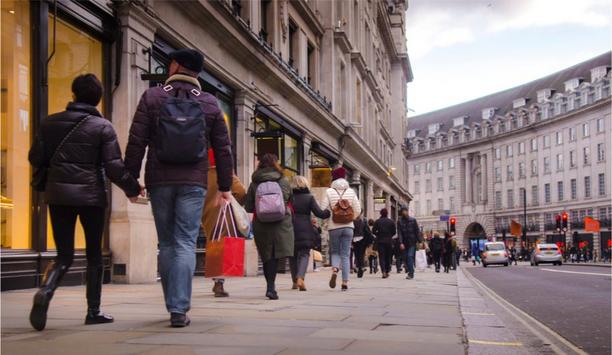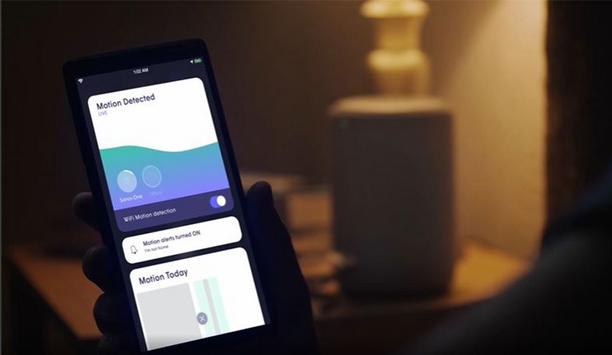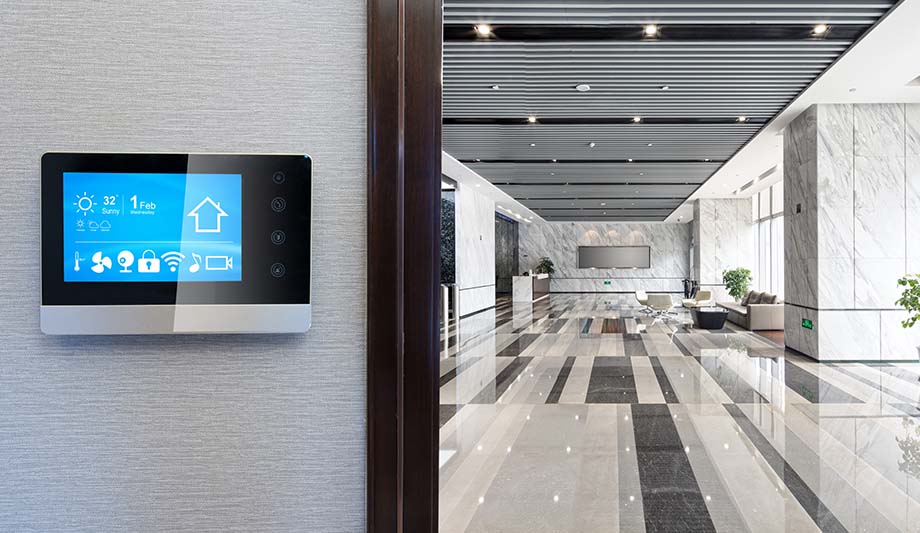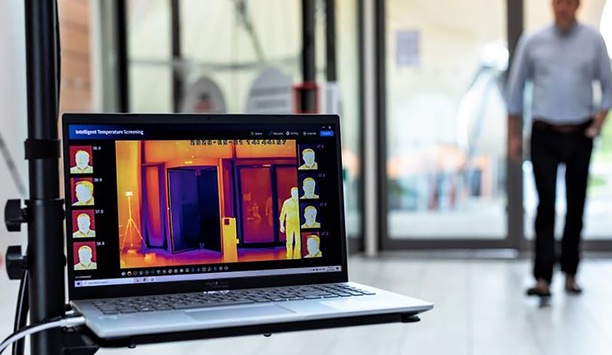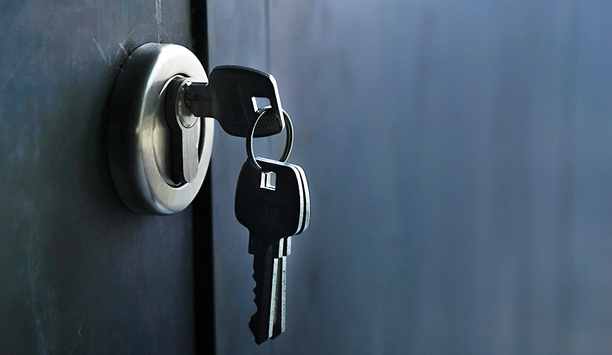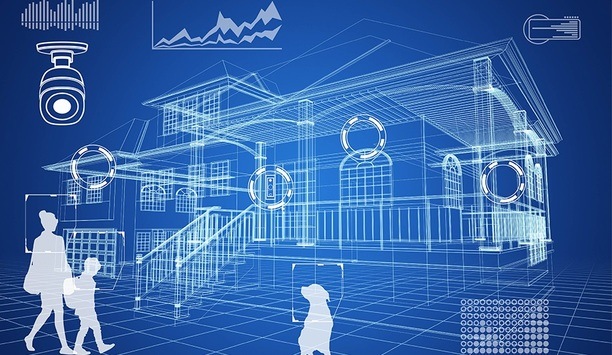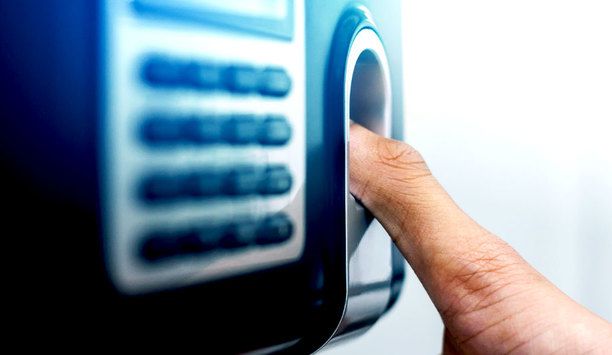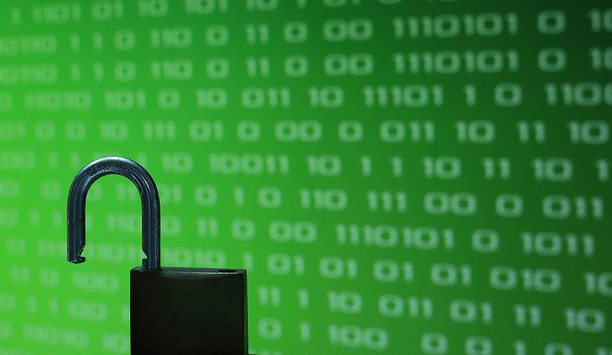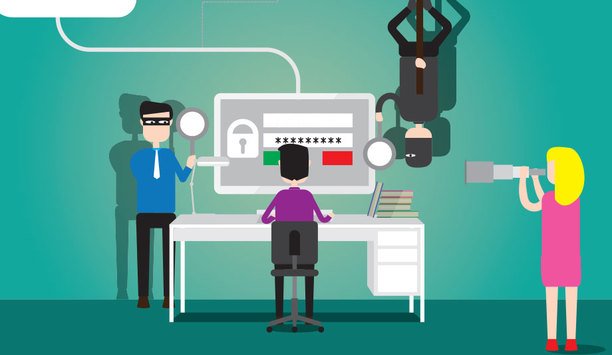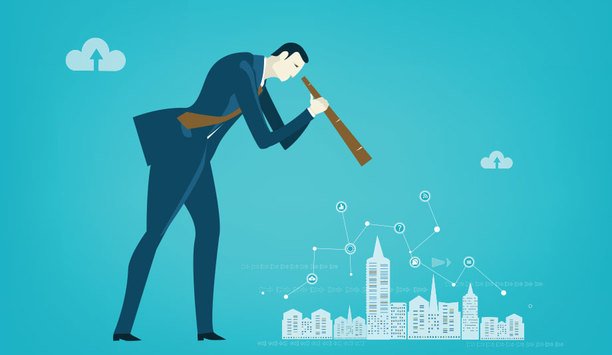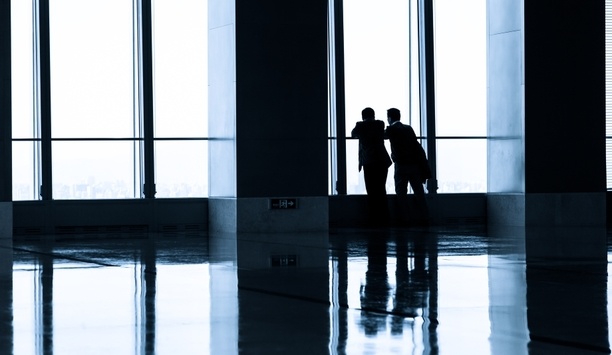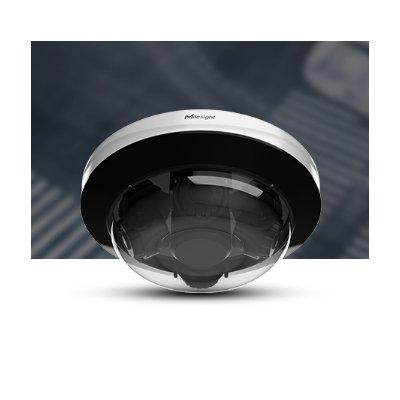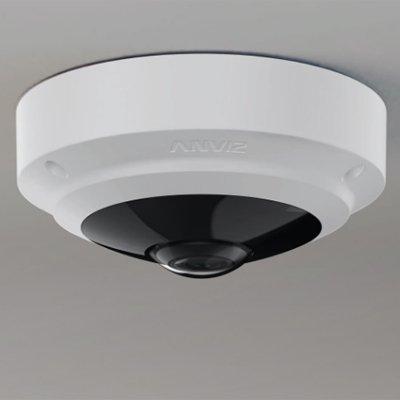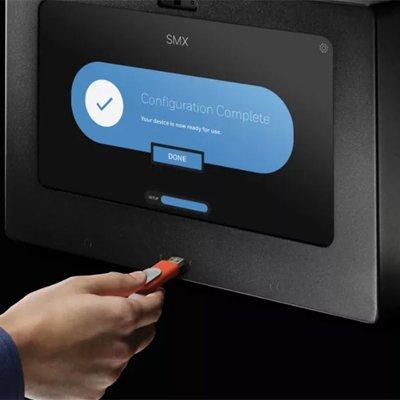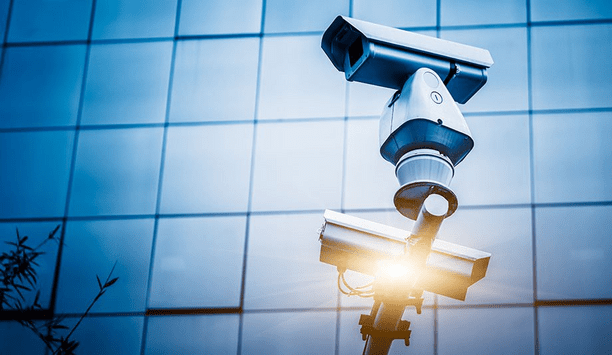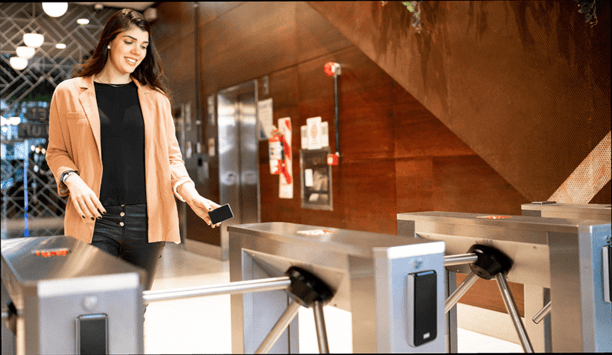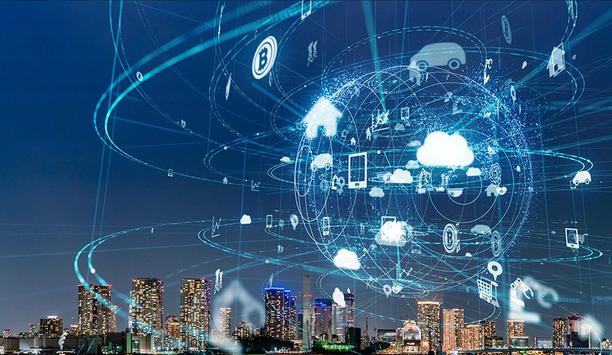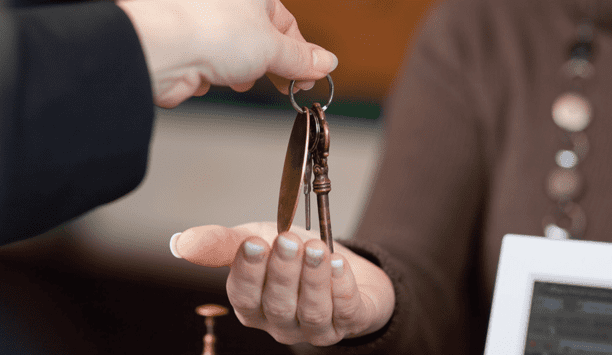Technology & Trends - Access control software
For bricks and mortar retailers, there’s no going back to how it was anytime soon. Even before the COVID-19 pandemic and economic crisis, they had been fighting a fierce battle against online shopping and significant e-commerce players. The high street has done a pretty good job of evolving over the years. From its humble beginnings in the late 19th century to its boom in the late 20th, it’s constantly adapted to meet changing consumer needs. The risk to retail But, i...
Stadiums around the world are still paralysed from the effects of COVID-19. Fans and spectators in masses have been absent from stadiums since April and there doesn’t seem to be a concrete plan on how or when they’ll be able to return to near capacity. The NBA recently opted to form a bubble philosophy concept in Disney’s facilities, although it’s been a relative success, it’s also been a $200 million temporary solution. This then begs the question: How long can st...
Across the world, the impact of the current pandemic has majorly disrupted how we function in our everyday lives, as a society, and the ways in which we do our jobs. Throughout, our personal safety and wellbeing, as well as that of our families, neighbours and colleagues, has been paramount - and adapting our day-to-day lives to meet social distancing measures has been a learning curve for us all. As we start to reassemble normal life, precautionary measures will continue to be put in place to...
Motion detection is a key feature of security systems in residential and commercial environments. Until recently, systems have relied heavily on closed circuit television (CCTV) and passive infrared (PIR) sensors, which both require significant investment and infrastructure to install and monitor. Developments in wireless technology are increasing home security possibilities. Few years ago, these developments led Cognitive Systems to discover that the wireless signals surrounding oneself can be...
The unprecedented global impact of COVID-19 has taken its toll on all of us, but as cases of the virus thankfully recede, employers are now forced to confront how they can enable a safe return to work for employees. For many employers, this means they will have to carry out a COVID-19 risk assessment, redesign workspaces to maintain social distances, carry out more frequent cleaning, manage the transmission risk and find alternatives to touch-based security devices. Protecting workplace occupan...
Returning to work after the global pandemic will not be business as usual, and security systems are an important asset when it comes to helping to keep occupants and buildings safe. For example, video analytics can provide insight into how spaces have previously been used and can help to predict where and when occupants encounter each other or congregate. These foot-traffic patterns can inform settings for a variety of devices – like ventilation and temperature controls – and even he...
Technology has played a vital role in how businesses have enabled their employees to work productively from home during the COVID-19 pandemic. For those of us who can do our jobs from home you only have to look at the ‘Zoom Boom’ to see how much our working lives have changed compared to the beginning of the year. Despite the fact that those companies that can are now productively and efficiently operating remotely, the country is now facing the next challenge in this crisis: how to...
Companies are following government guidance and getting as many people as possible working from home. Some companies will have resisted home working in the past, but I’m certain that the sceptics will find that people can be productive with the right tools no matter where they are. A temporary solution will become permanent. But getting it right means managing risk. Access is king In a typical office with an on-premise data centre, the IT department has complete control over network acce...
Imagine a home surveillance camera monitoring an elderly parent and anticipating potential concerns while respecting their privacy. Imagine another camera predicting a home burglary based on suspicious behaviors, allowing time to notify the homeowner who can in turn notify the police before the event occurs—or an entire network of cameras working together to keep an eye on neighborhood safety. Artificial Intelligence vision chips A new gen of AI vision chips are pushing advanced capabili...
One of the responsibilities of construction project managers is to account for risks during the initial planning for a project and mitigate them. With all the tools, construction materials, and heavy machinery during the initial stages of a project, the construction site is a dangerous place to be at. However, this is not the only risk that project managers need to protect a site from. With plenty of valuables both physical and virtual within a construction site, it is also a prime target for t...
Insider threat programmes started with counter-espionage cases in the government. Today, insider threat programmes have become a more common practice in all industries, as companies understand the risks associated with not having one. To build a programme, you must first understand what an insider threat is. An insider threat is an employee, contractor, visitor or other insider who have been granted physical or logical access to a company that can cause extensive damage. Damage ranges from emot...
Growing up, I was surrounded by the military way of life as my father was a Captain in the Marine Corps during the Vietnam War and my grandfather and uncles all served in the military. Even from a young age, I knew I was going to serve our country. My 22-year career in the military includes serving in the United States Air Force, the California Air National Guard and as a reservist assigned to an active-duty Air Force unit. Training and development operations Over the course of my military c...
The jury is in: traditional security is out — and it’s being replaced with service-based solutions. The bottom line is: if you’re not embracing it, you’ll soon be left behind. XaaS — the collective term referring to the delivery of anything as a service — includes all services made possible through the use of the cloud. Security-as-a-Service (SaaS), which encompasses any type of system from access control to video surveillance, has paved the way for users to...
Rodrigue Zbinden, CEO at Morphean, discusses the business benefits from merging video surveillance and access control technologies as demand for ACaaS grows. The big question facing businesses today is how they will use the data that they possess to unlock new forms of value using emerging technologies such as the cloud, predictive analytics and artificial intelligence. Some data is better utilised than others: financial services were quick to recognise the competitive advantages in exploiting...
We live in an information and data-led world, and cybersecurity must remain top-of-mind for any organisation looking to both protect business operation critical assets. Businesses without proper cyber measures allow themselves to be at risk from a huge list of threats - from cybercriminals conducting targeted spear-phishing campaigns - like the 2018 Moscow World Cup vacation rental scam, to nation-state actors looking to collect intelligence for decision makers - no organisation is safe from in...
In 2017, IoT-based cyberattacks increased by 600%. As the industry moves towards the mass adoption of interconnected physical security devices, end users have found a plethora of advantages, broadening the scope of traditional video surveillance solutions beyond simple safety measures. Thanks in part to these recent advancements, our physical solutions are at a higher risk than ever before. With today’s ever evolving digital landscape and the increasing complexity of physical and cyber-a...
In the next three years, software as a service ‘SaaS’ is likely to grow by around 23%. That’s according to reports by Cognizance. It’s growth rests on the adoption of cloud public, private and hybrid. Without the cloud applications can’t truly pervade an organisation, nor can operational or customer benefits be derived. But there’s no point in adopting the cloud if it’s not secure - the proliferation of SaaS demands security, none more so in a GDPR wor...
The industry faces numerous challenges in the coming year. Physical and cyber security threats continue to become more complex, and organisations are struggling to manage both physical and digital credentials as well as a rapidly growing number of connected endpoints in the Internet of Things (IoT). We are witnessing the collision of the enterprise with the IoT, and organisations now must establish trust and validate the identity of people as well as ‘things’ in an environment of in...
It’s not surprising that people are nervous about the security of newer technologies, many of which are part of the Internet of Things (IoT). While they offer greater efficiency and connectivity, some people still hesitate. After all, there seems to be a constant stream of news stories about multinational corporations being breached or hackers taking control of smart home devices. Both of these scenarios can feel personal. No one likes the idea of their data falling into criminal hands. A...
The oil and gas market is driven by a number of technology trends, political issues, waves of supply and demand, and regulations. At times, it seems like the market is in a constant state of ebb and flow, with business affected by traditional drivers, such as government mandates and operational efficiencies, and other non-traditional markers, like challenging weather conditions (consider the 2017 hurricane season as an example). Additionally, the global economy continues to grow, propelling incr...
With the coming of a New Year, we know these things to be certain: death, taxes, and… security breaches. No doubt, some of you are making personal resolutions to improve your physical and financial health. But what about your organisation’s web and mobile application security? Any set of New Year’s resolutions is incomplete without plans for protecting some of the most important customer touch points you have — web and mobile apps. Every year, data breaches grow in scop...
In the age of massive data breaches, phishing attacks and password hacks, user credentials are increasingly unsafe. So how can organisations secure accounts without making life more difficult for users? Marc Vanmaele, CEO of TrustBuilder, explains. User credentials give us a sense of security. Users select their password, it's personal and memorable to them, and it's likely that it includes special characters and numbers for added security. Sadly, this sense is most likely false. If it's anythi...
The use of facial recognition has become a highly debated topic recently, and has increasingly and misleadingly been criticised by some for being an unethical tool used to spy on the public. The reason for such criticism is however largely due to lack of information and regulation around the technology. Used proportionately and responsibly, facial recognition can and should be a force for good. It has the ability to do a lot more to increase security in the future – from street crime to...
The Security Industry Association (SIA) looks forward to 2019, and it is apparent that physical security is moving into its most formative years. Changes presented by emerging technology, open systems and growing connectivity among devices and sensors will make a big difference for manufacturers, systems integrators/dealers and end users. With a more open, connected environment come cyber risk and data privacy concerns – which is why, in SIA’s 2019 Security Megatrends, cybersecurity...
IHS Markit projects that the market for physical electronic access control solutions has grown to over $5.2 billion in 2018. The market has experienced stable and predictable growth rates that have hovered around 6 percent over the past several years. Electronic locks remain both the largest and the fastest growing product type in access control, representing nearly 40% of the global market size for all access control equipment. Impact of technological developments While market growth rates ha...
2018 was a good year for integrators and manufacturers across the board. The economy has been strong which manifested itself in many ways but in particular construction was booming. This was very good for the security industry, especially those integrators and manufacturers who provide services and products in the commercial space. Two of the most unexpected things that impacted the market, and will continue to impact it into 2019, are the trade war and the rapid rise of interest rates. I have...
Edward Snowden’s name entered the cultural lexicon in 2013, after he leaked thousands of classified National Security Agency documents to journalists. He’s been variously called a traitor, a patriot, a revolutionary, a dissident and a whistleblower, but however you personally feel about him, there’s one way to categorise him that no one can dispute: He’s a thief. There’s no doubt about it: Snowden’s information didn’t belong to him, and the scary truth...
Video surveillance equipment vendors report their 2018 revenue data to IHS Markit in the first quarter of 2019, which is when we calculate the rate the professional video surveillance market grew in 2018. However, we expect this rate will have been around 10 percent globally -- slightly higher than the 9.3 percent growth in 2017 and much higher than the 3.9 percent growth in 2016. Changing market trends Despite this healthy rate of growth, 2018 was not without its challenges and surprises. Cha...
Timely and important issues in the security marketplace dominated our list of most-clicked-upon articles in 2018. Looking back at the top articles of the year provides a decent summary of how our industry evolved this year, and even offers clues to where we’re headed in 2019. In the world of digital publishing, it’s easy to know what content resonates with the security market: Our readers tell us with their actions; i.e., where they click. Let’s look back at the Top 10 article...
In the wake of 9/11, the Federal Government’s secure-the-fort, big idea was to create an identity credential for all federal employees and contractors. Homeland Security Presidential Directive (HSPD)-12 set it all in motion. Today, we know the smartcard-based credential that arose from HSPD-12 as the Personal Identity Verification (PIV) card. The PIV card is meant to give employees/contractors physical access to federal facilities and logical access to federal information systems. While u...
Browse expert commentaries
Related videos
Enhanced security with S617 video door station
Remote Guarding Video Series Part 1: Overview and Basics.
Remote Guarding Video Series Part 5: Future and Technology
Milesight 4x5MP AI Multi-Directional Camera
Anviz AI-driven Fisheye Dome Network Camera
Honeywell SMX: Cybersecurity for Operational Environments
Maximising security and performance
DownloadThe truth behind 9 mobile access myths
DownloadGuide for HAAS: New choice of SMB security system
DownloadSecurity practices for hotels
DownloadAccess control system planning phase 2
Download